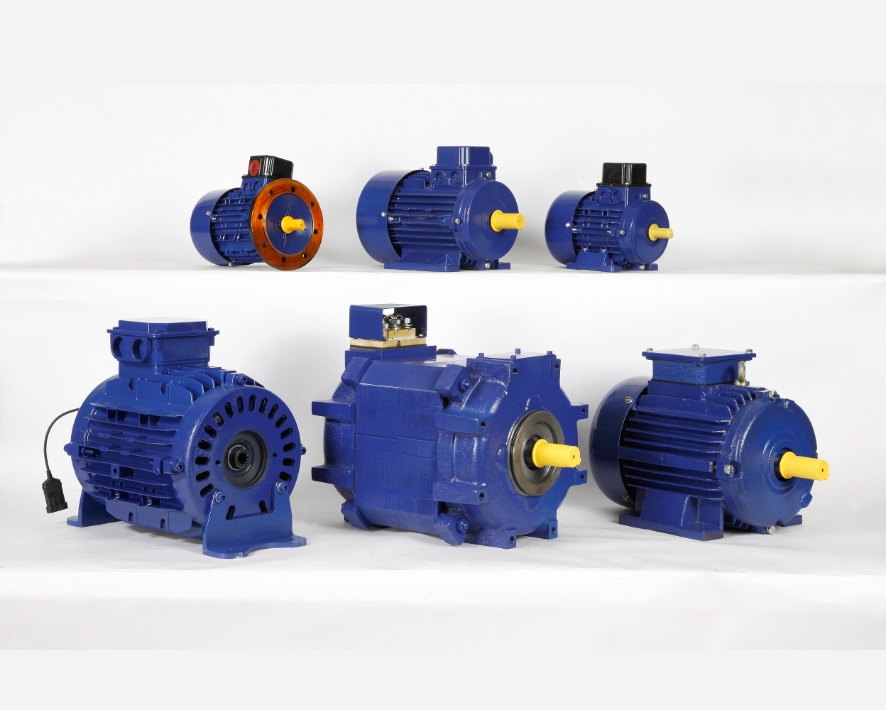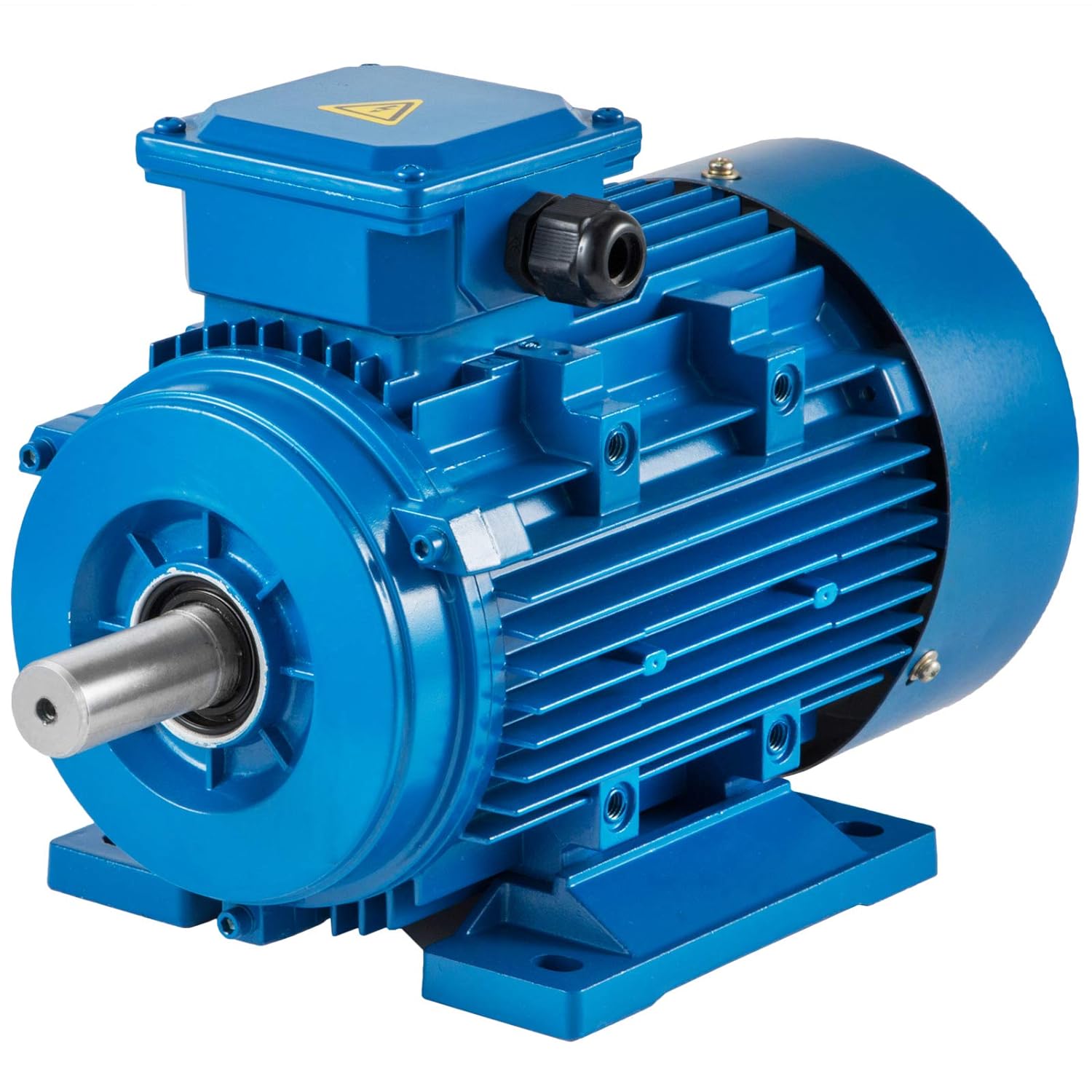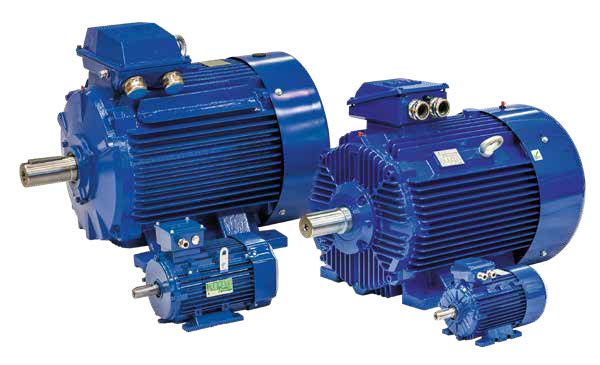Product Description
Product Description
| Motor Frame Size | 60mm/70mm/80mm/90mm/104mm |
| Motor Type | Induction motor/reversible motor/torque motor/speed control motor/damping motor/brake motor |
| Output Power | 6w/10w/15w/20w/25w/40w/60w/90w/120w/140w/180w/250w or customized |
| Output Shaft | 6mm/8mm/10mm/12mm/15mm,round shaft/D-cut shaft/key-way shaft or customized |
| Voltage Type | Single Phase 110V 4P Single Phase 220V 4P Three Phase 220V 4P Three Phase 380V 4P |
| Frequency | 50Hz/60Hz |
| Accessories | Terminal box/Fan/Thermal protector/Electromagnetic brake |
| Gearbox Frame Size | 60mm/70mm/80mm/90mm/104mm |
| Gear Ratio | 3-200k |
Detailed Photos
| MOTOR FRAME SIZE | 60 mm / 70mm / 80mm / 90mm / 104mm | ||
| MOTOR TYPE | INDUCTION MOTOR / REVERSIBLE MOTOR / TORQUE MOTOR / SPEED CONTROL MOTOR | ||
| SERIES | K series | ||
| OUTPUT POWER | 3 W / 6W / 10W / 15W / 25W / 40W / 60W / 90W / 120 W / 140W / 180W / 200W (can be customized) | ||
| OUTPUT SHAFT | 8mm / 10mm / 12mm / 15mm ; round shaft, D-cut shaft, key-way shaft (can be customized) | ||
| Voltage type | Single phase 100-120V 50/60Hz 4P | Single phase 200-240V 50/60Hz 4P | |
| Three phase 200-240V 50/60Hz | Three phase 380-415V 50/60Hz 4P | ||
| Three phase 440-480V 60Hz 4P | Three phase 200-240/380-415/440-480V 50/60/60Hz 4P | ||
| Accessories | Terminal box type / with Fan / thermal protector / electromagnetic brake | ||
| Above 60 W, all assembled with fan | |||
| GEARBOX FRAME SIZE | 60 mm / 70mm / 80mm / 90mm / 104mm | ||
| GEAR RATIO | 3G-300G | ||
| GEARBOX TYPE | PARALLEL SHAFT GEARBOX AND STRENGTH TYPE | ||
| Right angle hollow worm shaft | Right angle spiral bevel hollow shaft | L type hollow shaft | |
| Right angle CHINAMFG worm shaft | Right angle spiral bevel CHINAMFG shaft | L type CHINAMFG shaft | |
| K2 series air tightness improved type | |||
| Certification | CCC CE ISO9001 CQC | ||
other product
Certifications
Packaging & Shipping
Company Profile
FAQ
Q: How to select a suitable motor or gearbox?
A:If you have motor pictures or drawings to show us, or you have detailed specifications, such as, voltage, speed, torque, motor size, working mode of the motor, needed lifetime and noise level etc, please do not hesitate to let us know, then we can recommend suitable motor per your request accordingly.
Q: Do you have a customized service for your standard motors or gearboxes?
A: Yes, we can customize per your request for the voltage, speed, torque and shaft size/shape. If you need additional wires/cables soldered on the terminal or need to add connectors, or capacitors or EMC we can make it too.
Q: Do you have an individual design service for motors?
A: Yes, we would like to design motors individually for our customers, but some kind of molds are necessory to be developped which may need exact cost and design charging.
Q: What’s your lead time?
A: Generally speaking, our regular standard product will need 15-30days, a bit longer for customized products. But we are very flexible on the lead time, it will depend on the specific orders.
| Application: | Universal |
|---|---|
| Speed: | Low Speed |
| Number of Stator: | Singel-Phase or Three-Phase |
| Samples: |
US$ 50/Piece
1 Piece(Min.Order) | Order Sample |
|---|
| Customization: |
Available
|
|
|---|
.shipping-cost-tm .tm-status-off{background: none;padding:0;color: #1470cc}
|
Shipping Cost:
Estimated freight per unit. |
about shipping cost and estimated delivery time. |
|---|
| Payment Method: |
|
|---|---|
|
Initial Payment Full Payment |
| Currency: | US$ |
|---|
| Return&refunds: | You can apply for a refund up to 30 days after receipt of the products. |
|---|
How do 3-phase motors differ from single-phase motors?
3-phase motors and single-phase motors differ in several aspects, including their power supply, construction, performance characteristics, and applications. Here’s a detailed explanation of the differences between 3-phase motors and single-phase motors:
- Power Supply: The primary difference between 3-phase motors and single-phase motors is their power supply. 3-phase motors require a three-phase power supply, which consists of three alternating current (AC) voltage waveforms that are 120 degrees out of phase with each other. In contrast, single-phase motors operate on a single-phase power supply, which consists of a single AC voltage waveform.
- Construction: The construction of 3-phase motors and single-phase motors also differs. 3-phase motors have three sets of windings evenly spaced around the motor’s stator, whereas single-phase motors typically have only one set of windings. The multiple windings in 3-phase motors enable the creation of a rotating magnetic field, which is essential for their operation.
- Starting Mechanism: 3-phase motors and single-phase motors have different starting mechanisms. 3-phase motors can start on their own with a simple direct-on-line (DOL) starting method, where the motor is connected directly to the power supply. In contrast, single-phase motors require additional starting mechanisms, such as capacitors or centrifugal switches, to overcome the need for a rotating magnetic field during startup.
- Starting Torque: 3-phase motors tend to have higher starting torque compared to single-phase motors. The balanced three-phase power supply and the design of 3-phase motors allow them to produce a strong rotating magnetic field, enabling efficient starting and acceleration. Single-phase motors, on the other hand, often experience lower starting torque due to the absence of a rotating magnetic field during startup.
- Efficiency: In terms of efficiency, 3-phase motors are generally more efficient than single-phase motors. The balanced three-phase power supply and the design of 3-phase motors result in smoother operation and reduced losses compared to single-phase motors. This higher efficiency translates to better performance and energy savings in applications where 3-phase motors are utilized.
- Power Rating: 3-phase motors are commonly available in higher power ratings compared to single-phase motors. The ability of 3-phase motors to deliver higher power output makes them suitable for applications that require greater torque and horsepower, such as heavy-duty industrial machinery and equipment. Single-phase motors are typically used in lower power applications, such as household appliances and small tools.
- Applications: The applications of 3-phase motors and single-phase motors also differ. 3-phase motors are widely used in industrial and commercial applications, including pumps, compressors, HVAC systems, electric vehicles, and robotics. Single-phase motors are commonly found in residential and small-scale applications, such as household appliances (e.g., refrigerators, air conditioners, and washing machines) and small tools (e.g., fans and power tools).
These are the key differences between 3-phase motors and single-phase motors. While 3-phase motors offer advantages in terms of efficiency, starting torque, and power rating, single-phase motors are suitable for smaller-scale applications and residential use. The selection of the motor type depends on the specific requirements of the application and the availability of the appropriate power supply.
Can you provide examples of machinery or equipment that use 3-phase motors?
Various types of machinery and equipment rely on 3-phase motors for their operation. Here are some examples of applications where 3-phase motors are commonly used:
- Industrial Machinery: 3-phase motors are extensively used in industrial machinery, including pumps, compressors, fans, blowers, conveyors, mixers, agitators, and centrifuges. These motors provide the necessary power and torque to drive heavy-duty equipment commonly found in manufacturing plants, refineries, mining operations, and other industrial settings.
- Electric Generators: Many electric generators, both stationary and portable, are driven by 3-phase motors. These generators produce electrical power by converting mechanical energy into electrical energy. They are widely used in construction sites, emergency backup systems, remote locations, and other applications where a reliable power supply is required.
- Air Conditioning and HVAC Systems: 3-phase motors are employed in air conditioning and HVAC (heating, ventilation, and air conditioning) systems. They power the compressors, fans, and pumps that circulate and condition the air in commercial buildings, offices, hospitals, shopping malls, and other large-scale facilities.
- Machine Tools: Machine tools, such as lathes, milling machines, grinders, and drilling machines, often utilize 3-phase motors for precision machining operations. These motors provide the required power and control to drive the cutting tools and move the workpieces accurately.
- Water and Wastewater Treatment Systems: 3-phase motors play a crucial role in water and wastewater treatment systems. They power pumps, aerators, mixers, and other equipment involved in the treatment and distribution of clean water, as well as the processing and disposal of wastewater in municipal and industrial treatment plants.
- Refrigeration Systems: 3-phase motors are commonly used in commercial refrigeration systems, such as walk-in coolers, refrigerated display cases, and industrial refrigeration units. These motors drive the compressors that circulate the refrigerant and maintain the desired temperature for food storage, preservation, and cooling applications.
- Elevators and Escalators: Many elevators and escalators rely on 3-phase motors for their vertical transportation functions. These motors power the lifting mechanisms, allowing for smooth and efficient movement of people and goods within buildings, airports, train stations, and other vertical transportation systems.
- Industrial and Commercial Fans: Large industrial and commercial fans, such as those used for ventilation, cooling, or air circulation in warehouses, factories, gymnasiums, and other large spaces, often employ 3-phase motors. These motors provide the necessary power to drive the fan blades and move substantial volumes of air.
- Printing Presses: Printing presses, used in the printing and publishing industry, utilize 3-phase motors to power various components, such as the paper feed systems, printing cylinders, ink pumps, and drying units. These motors enable high-speed and precise operation in commercial printing applications.
- Crushers and Grinders: Crushers, grinders, and shredders in industries such as mining, construction, and recycling employ 3-phase motors to drive their crushing and grinding mechanisms. These motors provide the necessary power and torque to break down and process various materials efficiently.
These are just a few examples of machinery and equipment that rely on 3-phase motors for their operation. 3-phase motors are widely used in numerous industrial, commercial, and residential applications due to their efficiency, reliability, and ability to deliver high power output.
How do 3-phase motors handle variations in load and speed requirements?
3-phase motors are capable of handling variations in load and speed requirements through various control methods. Here’s a detailed explanation of how they handle these variations:
- Load Variations:
- Inherent Torque Characteristics: 3-phase motors are designed to provide high starting torque and continuous torque output, making them suitable for a wide range of load variations. They can handle sudden changes in load without significant impact on motor performance.
- Overload Capacity: 3-phase motors are typically designed with overload capacity to handle temporary increases in load beyond their rated capacity. This overload capacity allows the motor to withstand sudden surges in load without overheating or tripping protective devices.
- Controlled Speed Regulation: By using control devices such as variable frequency drives (VFDs) or adjustable speed drives (ASDs), the speed and torque output of 3-phase motors can be adjusted in real-time to match the load requirements. This ensures efficient motor operation and minimizes energy wastage.
- Motor Protection Features: 3-phase motors often incorporate protective features such as thermal overload protection and current limiters. These features help safeguard the motor against excessive heat or current, which can result from prolonged high-load conditions. They automatically intervene to protect the motor and prevent damage.
- Speed Variations:
- Variable Frequency Drives (VFDs): 3-phase motors can be coupled with VFDs, which allow precise control of motor speed. VFDs adjust the frequency and voltage supplied to the motor, enabling smooth and accurate speed regulation over a wide range. This flexibility in speed control makes 3-phase motors suitable for applications with varying speed requirements.
- Adjustable Speed Drives (ASDs): Similar to VFDs, ASDs provide speed control capabilities for 3-phase motors. They allow users to adjust the motor’s speed and torque output based on specific application needs. ASDs can be used in various industrial processes that require precise speed control, such as conveyor systems, pumps, and fans.
- Pole Changing Motors: Some 3-phase motors, known as pole changing motors, offer the ability to change the number of poles within the motor. This feature allows for speed variations by altering the motor’s synchronous speed. However, pole changing motors are less common compared to VFD or ASD-controlled motors.
Overall, 3-phase motors can handle variations in load and speed requirements through their inherent torque characteristics, overload capacity, and control options such as VFDs and ASDs. These features and control methods allow for efficient motor operation, precise speed regulation, and the ability to adapt to changing load conditions in various industrial applications.
editor by CX 2023-10-20




